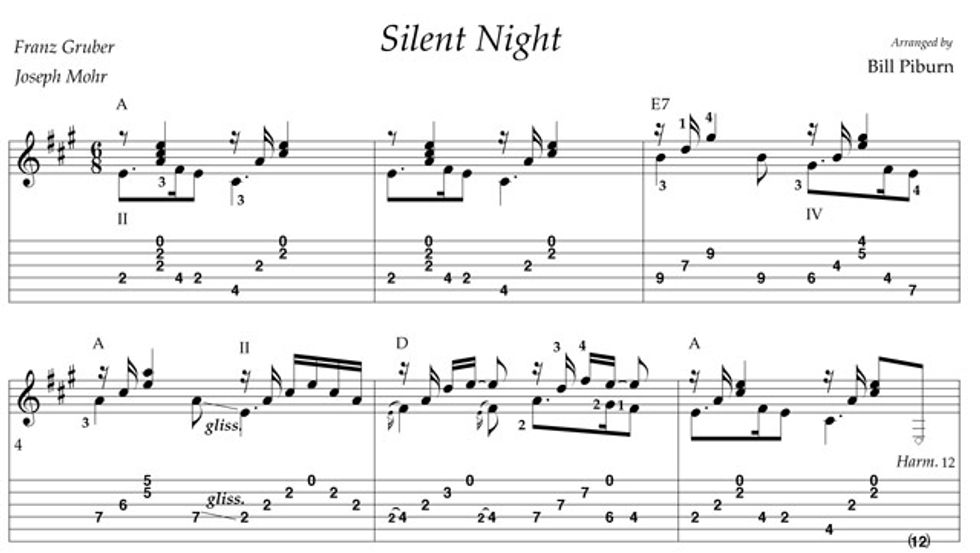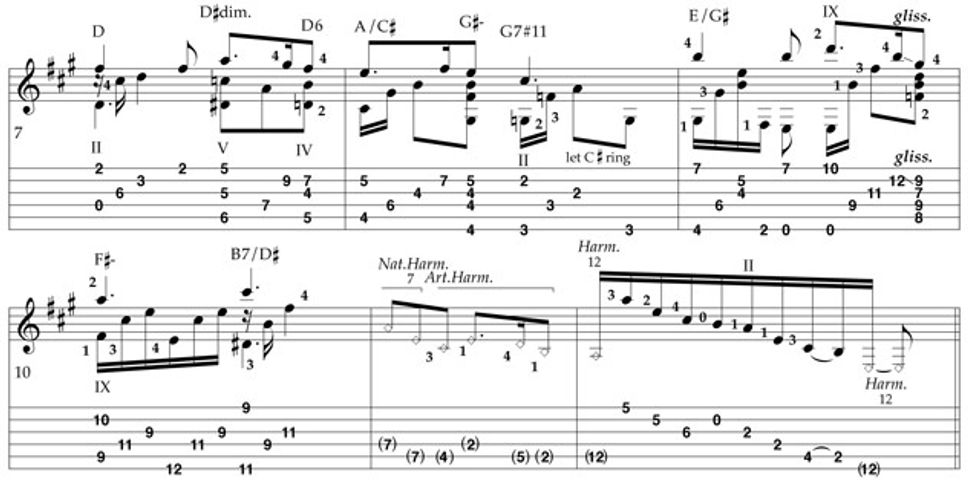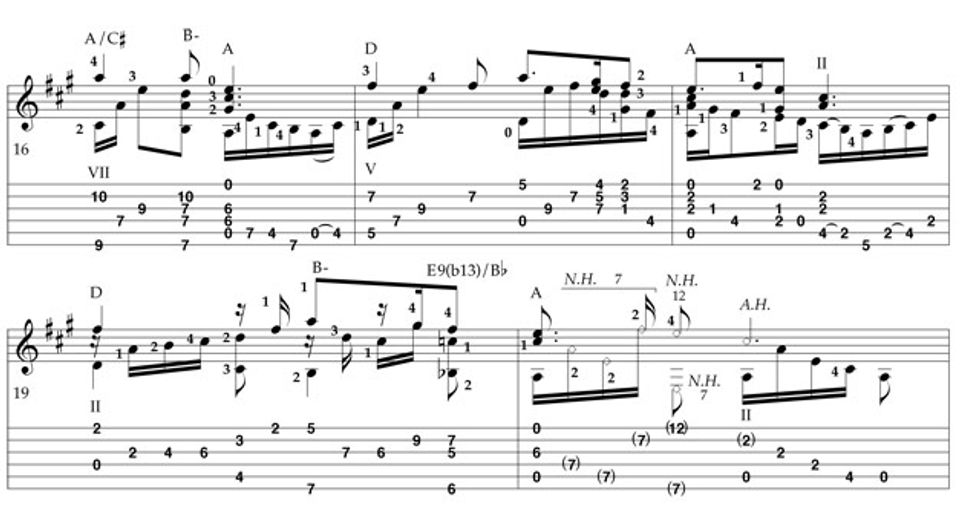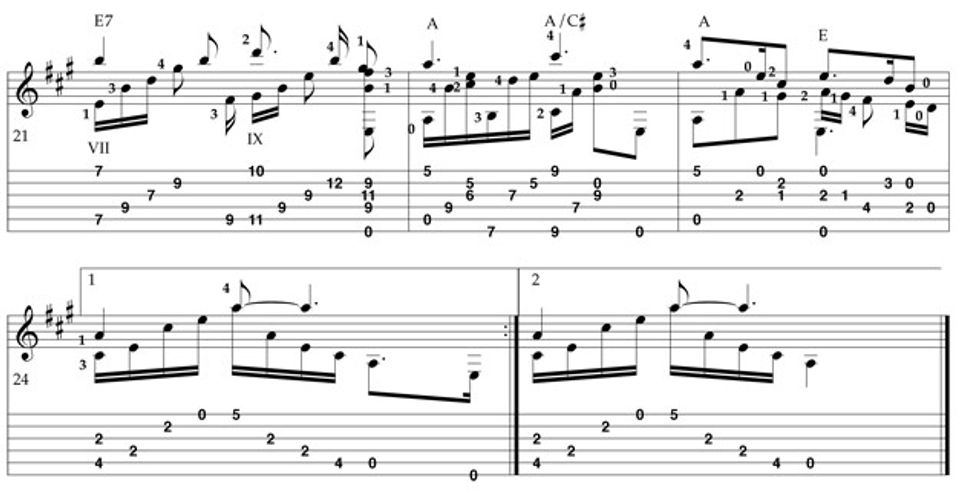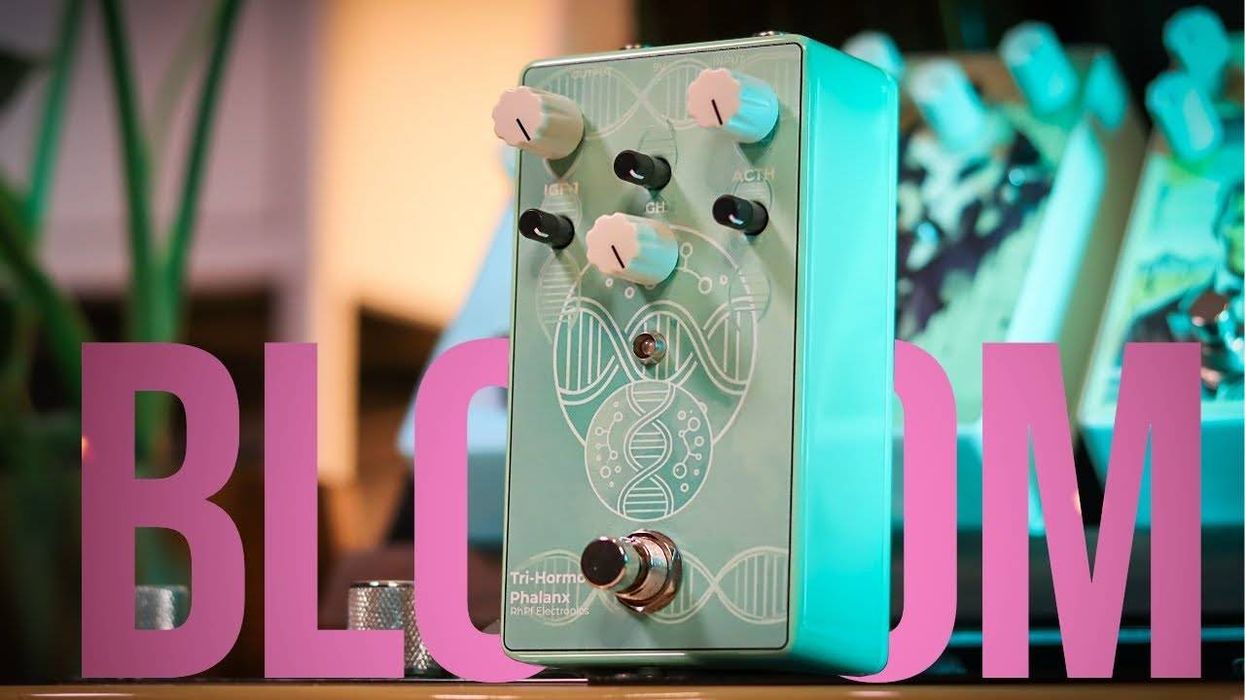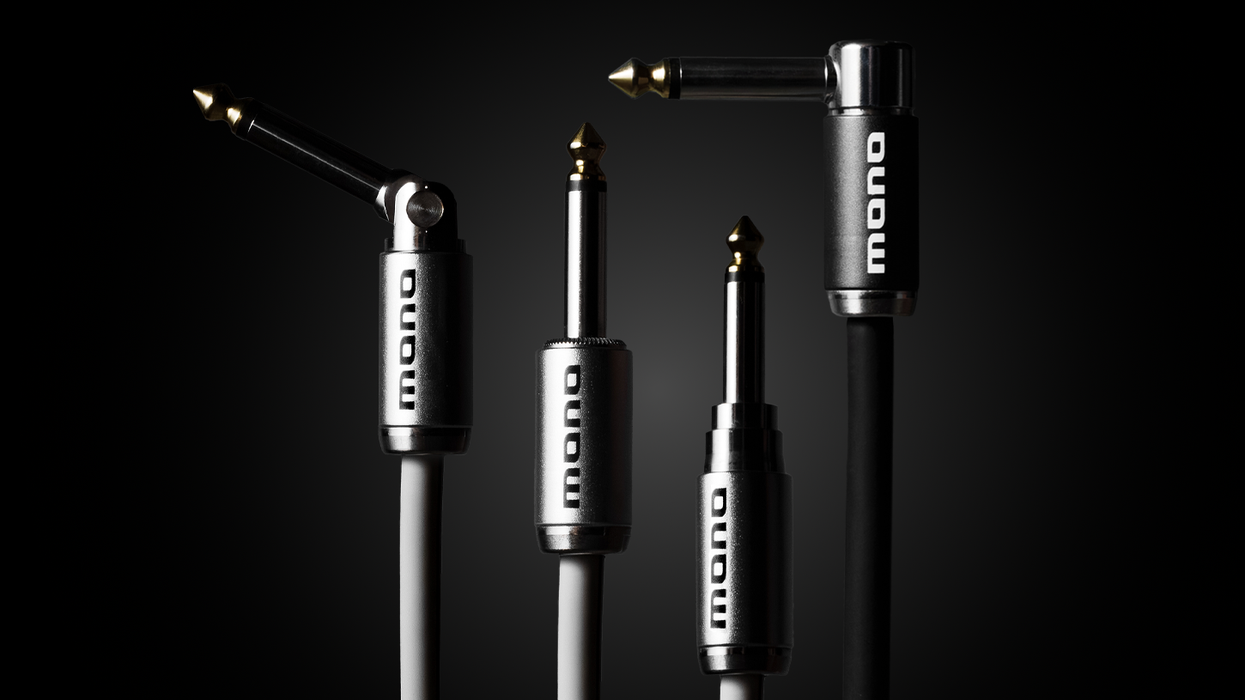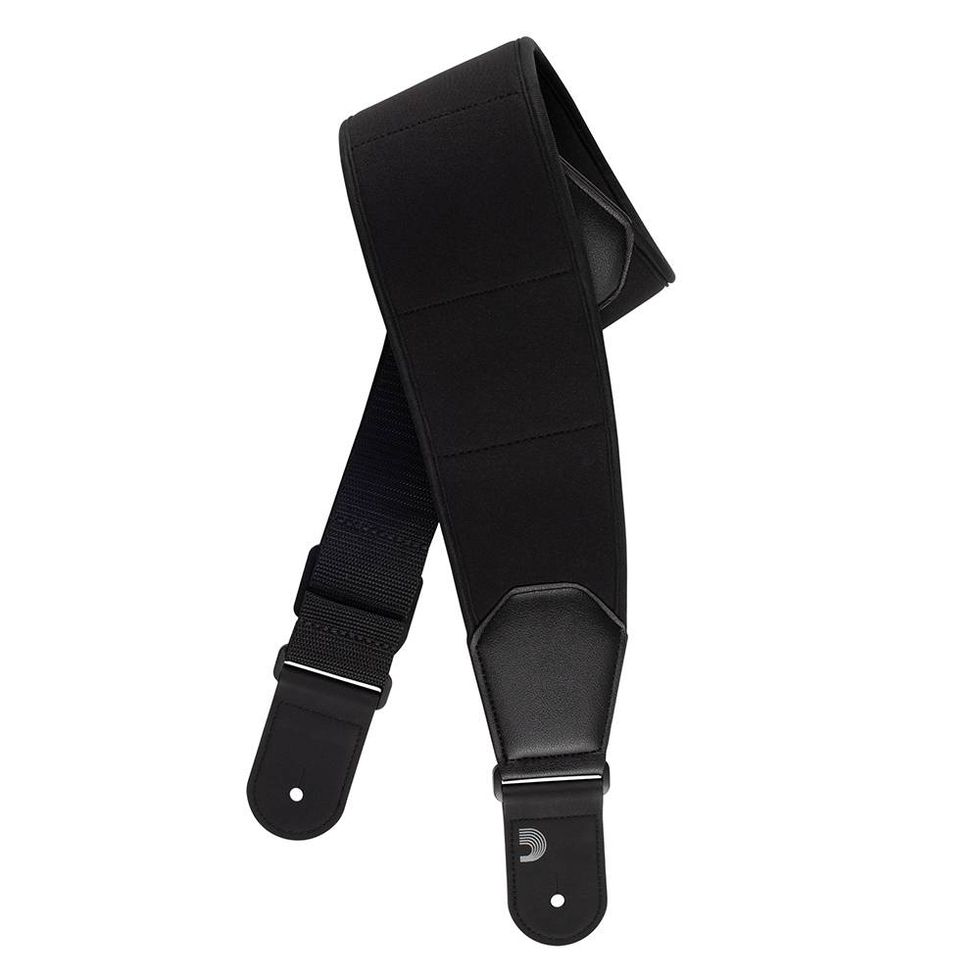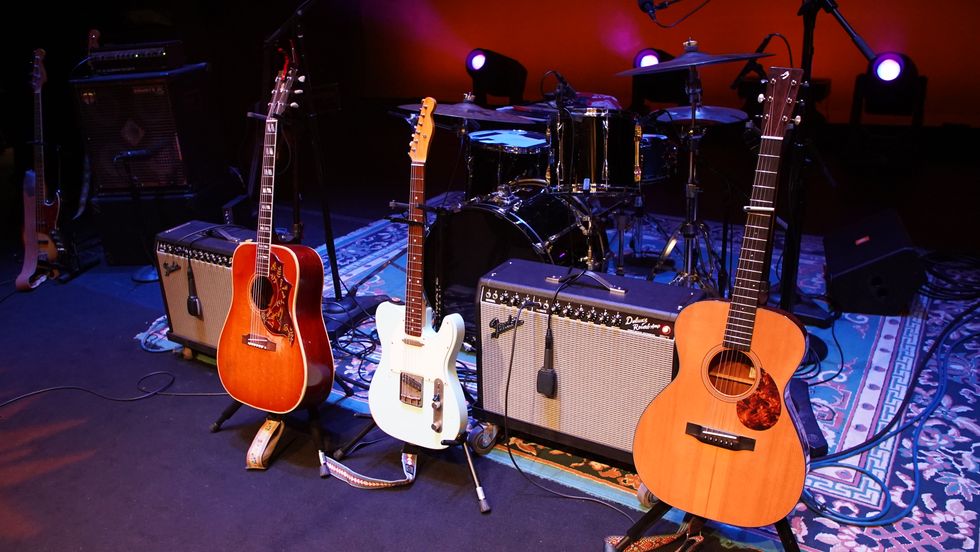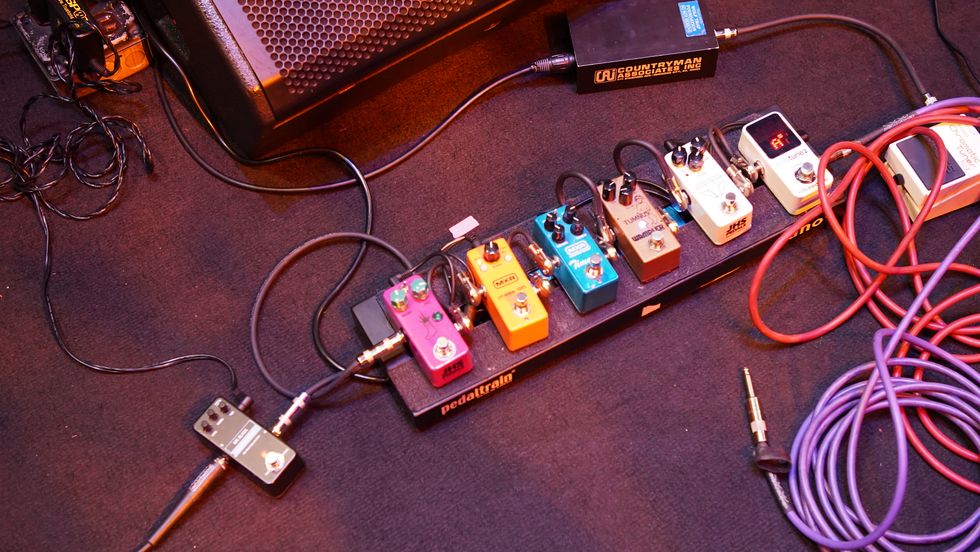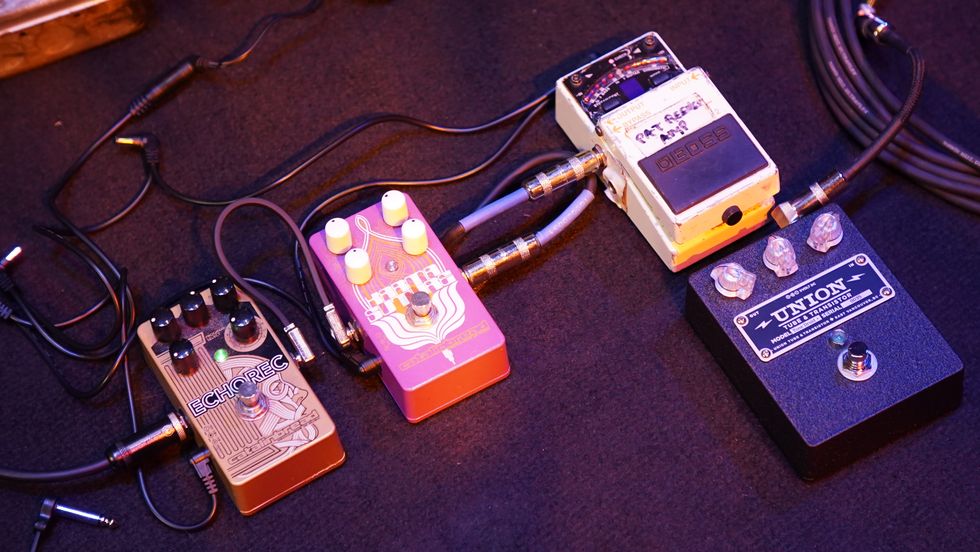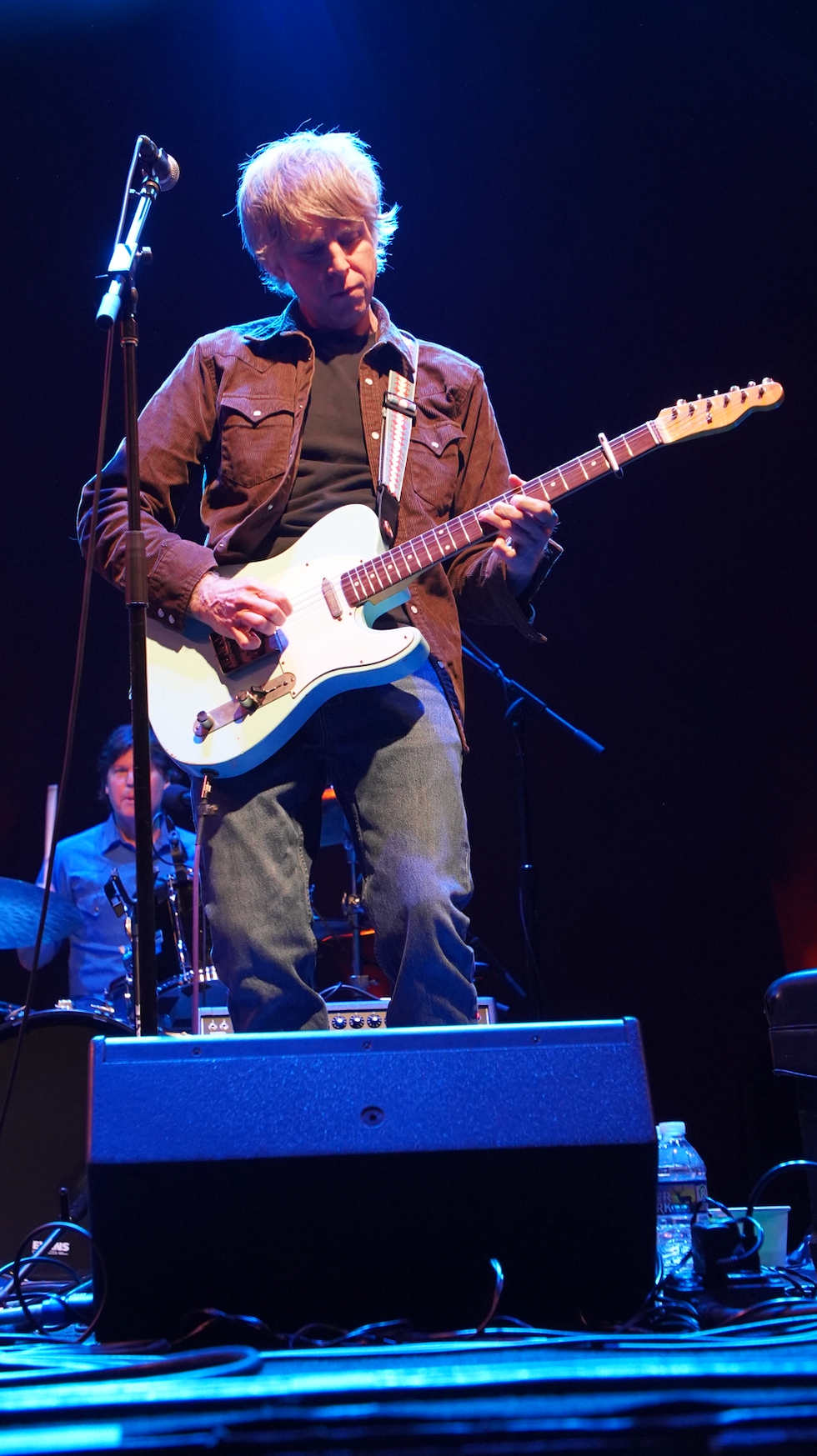Just in time for Christmas, I'd like to share my arrangement of a holiday classic: “Silent Night.”
Some of the techniques included in this arrangement are: melody in the
bass, chord substitution, chord extensions, moving lines, harmonics,
and the use of the interval of a 9th.
First, a little history of the song.
The History
In 1816, a young priest, by the name of Joseph Mohr, wrote the poem “Stille Nacht Heilige Nacht.” At the time Joseph wrote his poetic story of the Christ child, he was a pastor of a small church in Mariapfarr, Austria. The following year he was transferred to a church in Oberndorf ,where Franz Gruber was the schoolmaster and choir director. On Christmas Eve of 1818, Joseph Mohr took the poem to Franz Gruber and asked if he would compose a melody for the poem, so that it could be performed at the midnight mass. Christmas Eve of 1818, “Silent Night” was heard for the first time, as Franz Gruber strummed his guitar and Joseph Gruber sang “Silent Night.”
Now you know a brief history of this timeless classic.
The Arrangement
In the first six measures, I choose to put the melody in the bass, with simple chords and arpeggios above it. The melody jumps back up an octave in measure seven. At first, one might think it unusual; however, I use this technique quite often. The melody comes up an octave in measure seven and the harmony gets a bit richer with a chord substitution of D# diminished on beat four. The original harmony would stay on a D major chord. D6th is played on the last beat of measure seven and leads to a C# minor in measure eight. C# minor is the three chord found in the key of A major. The three chord is a very common substitution for the one chord (A). This is really more of an extension than a true substitution because the notes of the three chord become the 3rd, 5th, 7th, and 9th. Another harmonic extension happens on the last beat of measure nine. The chord looks and sounds like F diminished, though it is enharmonically spelled. The interval of F natural is the flat 9th of E and the top part of the diminished chord makes up the chord tones of the 5th, 7th, and 3rd. Most of us know how we can move diminished chords up or down in minor thirds, it comes in handy when you need a different melody note on top. It also comes in handy to know that a half diminished chord played off the third of any dominant 7th chord gives us a 9th chord. Full diminished gives us a flat 9th.
A chromatic substitution is found on beat four of measure eight. The chord used here is G7 #11 (without the 3rd). Another technique I often use is the interval of a 2nd in place of the 3rd. That is the case here. I still hear it as G7#11, although many would say it can not be G without the 3rd. I guess they can send me to theory jail! The function of the harmony and how your ear perceives it is what is musically important. Another example of a perceived sound is in measure 19 on beat 4. Although the chord symbol indicates an E altered chord, it is theoretically incomplete. It does not contain the 3rd or the root. I wrote the symbol to reflect the perceived sound.
There are two types of harmonics on the guitar, natural and artificial. Natural harmonics are found at the 5th, 7th, 12, and 19th frets; they are produced by touching the string at the fret and lifting at the moment you pluck the string. Any note on the guitar can be played as an artificial harmonic by touching the string twelve frets above the desired note with the index finger and plucking with the thumb or, most often, the ring finger. It produces artificial harmonics. You will find both types in measures 11 and 20.
I often put the interval of a 9th or 2nd in a major chord. This creates a beautiful tension between the 2nd and the 3rd or the 9th and the 10th and is nothing more than the 3rd up an octave. You will find this used in measures 15 and 22.
Moving lines can move up a scale, down a scale or change direction to create a melodic line. I use this most often when the melody is a sustained note, such as in measure 16, beat four. Notice the moving line on the bottom. Movement creates interest. You will see the same thing in measure 18. In measure 19 the moving line is in the middle voice. I encourage you to experiment with the current arrangements you have or to just play a chord and start moving lines!
Download the Audio of the Arrangement
Download PDF of the Arrangement
I would like to express thanks to the staff at Premier Guitar for having me back. In future articles, we will look at arranging techniques and harmonic ideas, which will, hopefully, inspire and encourage you to create your own great arrangements.
Search
Latest Stories
Start your day right!
Get latest updates and insights delivered to your inbox.
Premier Guitar features affiliate links to help support our content. We may earn a commission on any affiliated purchases.
The Latest
More for you
Most Popular
Don’t Miss Out
Get the latest updates and insights delivered to your inbox.
Load More
